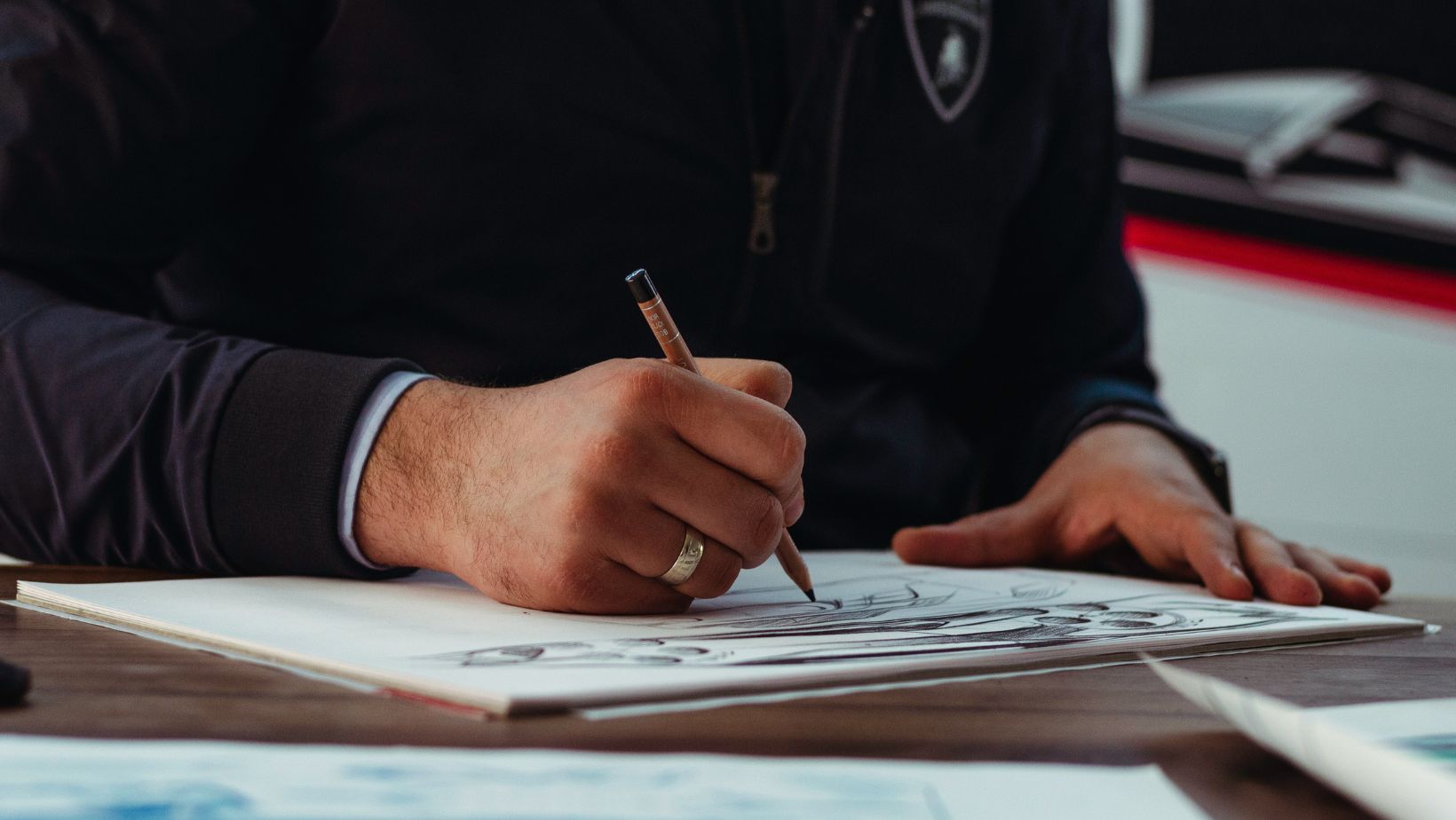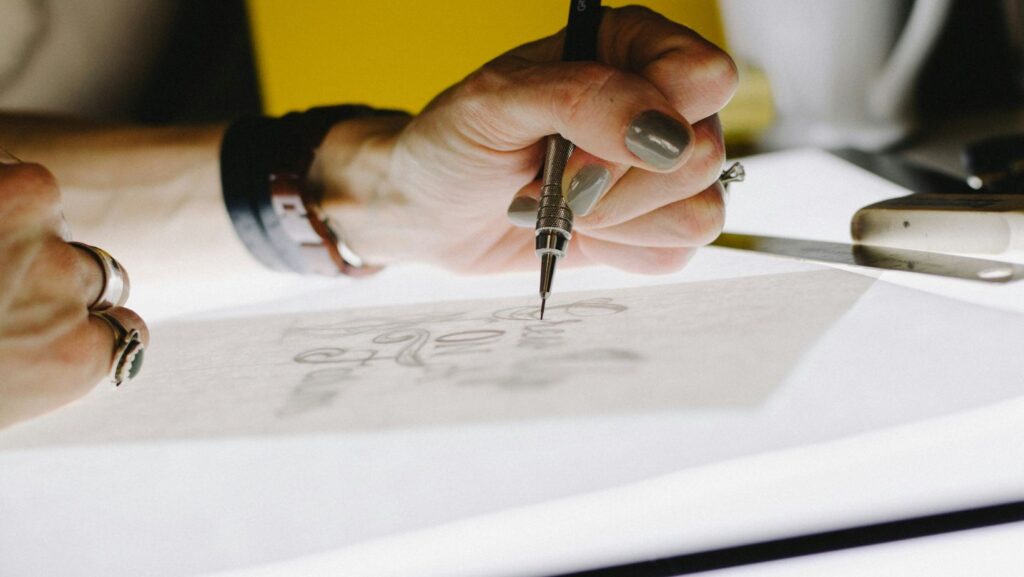Creating a logo that resonates and endures involves more than selecting an attractive typeface. A logo serves as the visual essence of a brand, often making the first impression on its audience. While typography plays a crucial role, it is merely one component of a comprehensive design strategy. For designers looking to experiment with various typographic styles, exploring free fonts can provide a wealth of options to inspire and refine your creative vision.
Simplicity Meets Depth
The most effective logos are those that balance simplicity with meaningful depth. Consider iconic brands such as Apple and Nike; their logos are minimalistic yet rich in symbolism, reflecting their core values and identity. When designing a logo, it’s essential to strip away any superfluous elements, focusing on what truly represents the brand. This minimalist approach enhances versatility and memorability.
For instance, a bakery logo might incorporate subtle elements like wheat or an oven to evoke warmth and authenticity. As designer Md Tamzid Mahmud Angkon insightfully noted, a logo is often the first interaction a business has with the world. If people connect with the branding, they are more likely to engage with the business. This highlights the necessity of blending design skills, creative theory, and technical precision to craft a logo that not only looks appealing but also feels authentic.
The Narrative Power of Color
Color is a fundamental aspect of logo design, capable of evoking emotions and shaping perceptions. Different colors convey different messages: blue often communicates trust and calm, red can evoke passion and urgency, while green typically symbolizes growth and freshness. When selecting a color palette, consider the emotional response you want to elicit from your audience.

It’s advisable to limit your palette to two or three colors to maintain clarity and impact. Additionally, ensure your logo remains effective in grayscale or black and white, which is crucial for various print and digital applications. The chosen colors should complement the typography and shapes within the logo, creating a cohesive visual identity.
The Emotional Impact of Shapes
Shapes are a powerful yet often overlooked element of logo design. Each shape carries its own emotional resonance: circles can convey inclusivity and harmony, squares often suggest stability and trust, while triangles might imply dynamism and innovation. The shapes you choose should align with the tone and values of the brand.
For example, a wellness brand might benefit from soft, flowing lines, while a tech company might opt for sharp, angular shapes to convey precision and innovation. It’s crucial to balance shapes with text and other elements to ensure the logo functions as a unified whole.
Versatility Across Mediums
A well-designed logo must be adaptable, maintaining its integrity across various sizes and formats, from large billboards to small social media icons. Testing your logo in different contexts and scales is essential to ensure it remains legible and impactful.

Simpler designs often scale better and retain their clarity across different mediums. Print your logo in black and white, resize it, and view it on various devices to assess its versatility. This process will help identify any necessary adjustments to enhance its adaptability.
Typography: The Voice of Your Brand
Font selection is a critical aspect of logo design, as it sets the tone for your brand. Serif fonts can convey tradition and reliability, sans-serif fonts often communicate modernity and clarity, while script fonts add a personal, artistic touch. However, it’s important to use script fonts judiciously to maintain readability.
Stick to one or two font styles to avoid visual clutter. Combining a bold font with a lighter one can create a visual hierarchy and contrast, enhancing the overall design. There are numerous resources available online where you can find inspiration and test different typographic styles to refine your logo’s appearance.
Originality: The Key to Memorability
To create a logo that truly stands out, it must be unique and distinctive. Avoid following trends that may already be prevalent in your industry. A unique twist in shape, color, or typography can set your brand apart and make it more memorable.
Conduct a thorough review of your competitors’ logos to ensure your design is original and not too similar to existing ones. This not only helps in establishing a unique identity but also prevents potential trademark issues in the future.
Conclusion
A compelling logo is a harmonious blend of typography, shape, color, and meaning. To design a logo that leaves a lasting impression, focus on simplicity with purpose, choose colors that evoke the right emotions, select shapes that reflect your brand identity, ensure versatility across different mediums, and maintain originality. Your logo is more than just a symbol; it is the visual gateway to your brand. When done right, it effectively communicates your brand’s essence and invites people to engage with your business. By considering all these elements, you can create a timeless and impactful brand identity.



